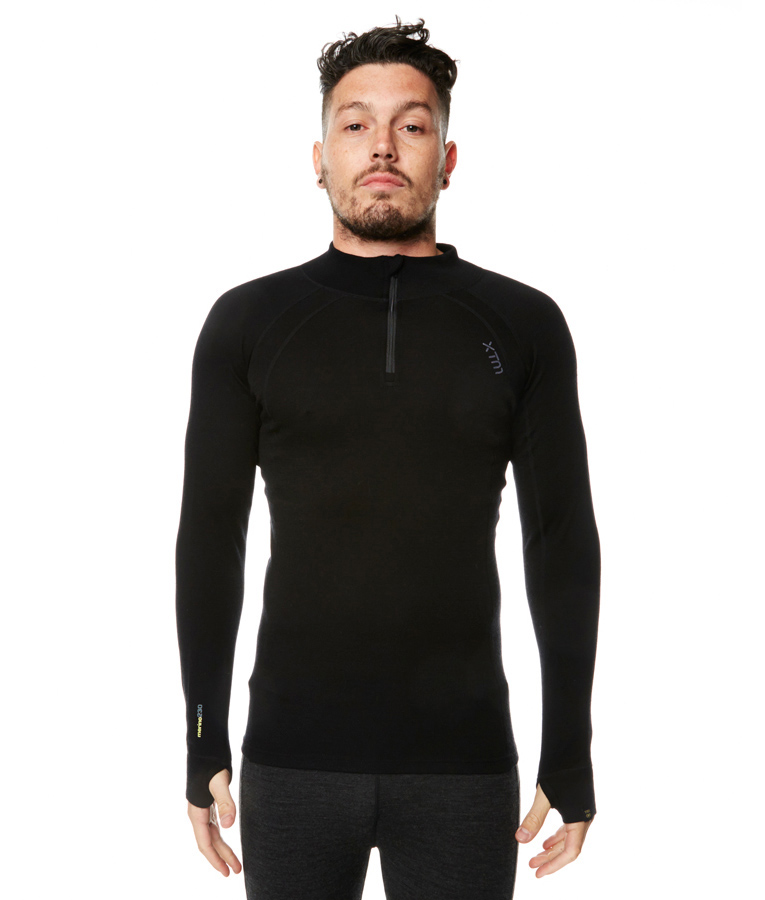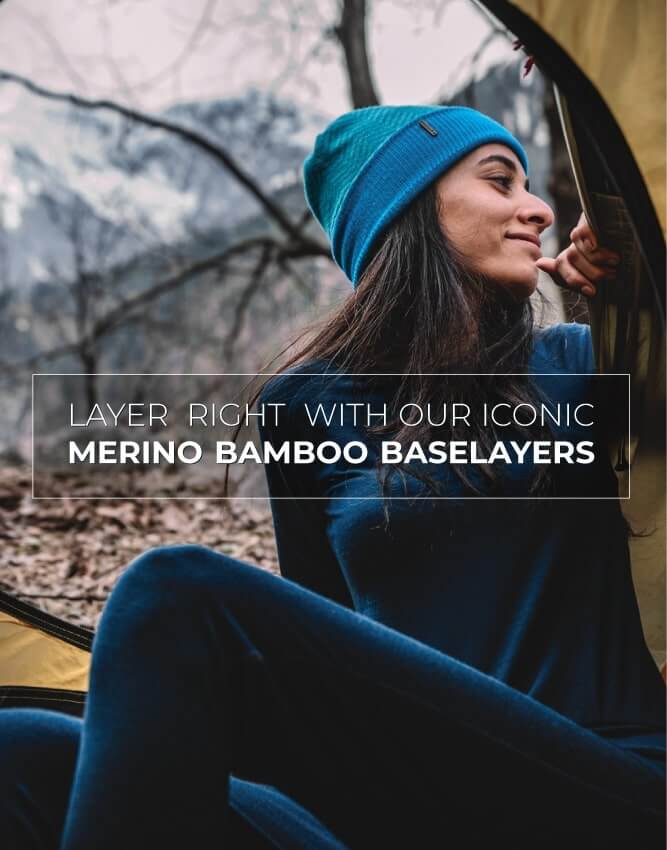Awesome Bamboo Clothing Tips
Wiki Article
Why Are Wool Baselayers Made Of Yak And Merino Effective In Winter Sport Clothing Due To Their Fiber-Based Benefits As Natural As Well As Environmental Sustainability?
Natural fibers are a fantastic choice for base layers in winter sports clothes, not only for their performance but also their environmental sustainability.
Yak wool and merino fibers are both derived from natural fibers. They are renewable resources that can be sustainably harvested without harming the animals. The fibers are biodegradable meaning they can be broken down in nature without causing environmental harm.
Low Environmental Impact
Natural fibers are known to have a lower environmental impact than synthetics. Wool production is more environmentally friendly than synthetic fibers since it is a less chemical-intensive process.
Energy Efficiency-
Wool fibers are made using less energy as compared to synthetic fibers. The process of making natural wool uses less energy and lowers carbon emissions.
Reducing Microplastic Pollution
Wool fibers are less a contributor to microplastic contamination in water bodies as compared to synthetic fibers. Synthetic fibers eliminate microplastics as they wash.
Durability and Recycling
Yak merino wool garments are typically durable and last for a long time and can last for a longer time, which extends their life. Wool fibers can also be repurposed or recycled, which reduces consumption.
Sustainable Practices
Some wool producers and manufacturers adhere to sustainable and ethical practices, ensuring animal welfare and responsible land management and fair labor conditions for those working in the process of production.
Environmental Certification-
The Responsible Wool Standard, also known as the Global Organic Textile Standard, (GOTS), are both certifications of environmentally and ethically mindful practices for wool production. These standards give consumers an assurance of sustainability.
The yak merino base layers are eco-friendly because they are made from natural and renewable sources, and incorporate ethical and sustainable practices in the supply chain. This is because natural fibers are environmentally friendly. See the top rated published here on merino wool base layers for more tips including merino wool layers, ski thermals mens, womens icebreaker base layer, wool long underwear, merino base layer mens, merino wool base layer women's sale, men's wool leggings, airblaster merino ninja suit, merino wool underlayer, merino wool first lite and more.

What Are The Advantages Of Wearing Bamboo Clothing In Terms Of Comfort, Sustainability And Protection For Outdoor Winter Clothes?
Comfort, durability and security are just a few advantages of bamboo clothing for winter outdoor wear.
Bamboo fabric is soft and smooth, that makes it gentle on the skin. It's often compared to cashmere or silk for its soft and luxurious feel.
Bamboo fibers possess moisture wicking properties that pull water away from your skin to keep you comfortable and dry when you exercise.
Thermal Regulation- Bamboo clothing has natural temperature-regulating properties, providing warmth in winter while remaining breathable to prevent overheating.
Sustainability-
Bamboo is a renewable material that can be grown very quickly without the use of pesticides. It is quick to regenerate and is a suitable choice for sustainable clothing.
Bamboo has a minimal environmental impact. It requires less soil and water nutrients than cotton. Bamboo also produces more air and absorbs more carbon dioxide than most species.
Protection for Outdoor Wear-
UV Protection - Bamboo fabric is naturally UV-resistant, offering natural protection against harmful sun ultraviolet rays.
Bamboo has natural antibacterial properties called "bamboo-kun," that help to stop the growth of bacteria that cause odors. The clothes stay fresher for longer while outdoors.
Other Benefits
Bamboo fibres are durable and durable. They can be used for outdoor clothing that is subjected to rough use.
Biodegradability. Bamboo clothes are biodegradable. They will decompose naturally at their end of life, reducing their impact on the environment.
If used for outdoor winter clothing, bamboo fabric offers an array of comfort, thermal regulation, moisture management, and sustainability. This makes it a desirable choice for those who are looking for sustainable and performance-oriented clothes. Have a look at the recommended find for bamboo clothings for blog examples including bamboo sun hoody, bamboo pants mens, bamboo childrens clothing, yala pajamas, bamboo button down shirts, bamboo shorts womens, bamboo cay shirts, bamboo sweatshirt, jacket bamboo, bamboo shorts womens and more.

What Does Bamboo And Merino Compare To Wool In Terms Of Texture, Heat And Moisture Absorption
Comparing merino wool with traditional wool and bamboo clothes in terms of warmth, texture, moisture absorption, and the texture.
Merino WoolMerino Wool Merino wool is known for its softness and fine fibres, offering more smooth and less scratchy texture when compared to wool that is traditional. It's generally regarded to be more comfortable against skin.
Clothing is made of Bamboo. Bamboo is smooth, silky fabric that's often likened to silk and cashmere. Its soft and delicate texture makes it a comfortable.
Traditional Wool – Traditional wool comes in a variety of textures. Some might be more coarse than others, and can cause itching, discomfort, or irritation when compared with clothing made of merino.
Warmth-
MerinoThe Merino Merino provides exceptional warmth thanks to its insulation capabilities. It holds heat even when wet, and can be an excellent insulation in cold weather.
Bamboo Clothing is also warm but isn't as insulate as the merino. Bamboo regulates body temperature effectively and is comfortable in any conditions.
Traditional Wool - Much like the merino wool, traditional wool is warm and is insulating. It can, however, appear heavier or bulkier when compared to merino or bamboo clothes.
Moisture Absorption-
Merino Wool Merino Wool, with its remarkable ability to wick moisture removes moisture from the skin and lets it evaporate. It stays warm even when it is damp.
Bamboo clothing - Bamboo fabrics will also wick moisture away making it comfortable for physical activity. Bamboo clothing regulates moisture and keeps wearer dry.
Traditional Wool: While wool absorbs moisture but it doesn't possess the same moisture-wicking properties as merino and bamboo fabrics. Certain kinds of sheep's hair can feel heavy and damp after being damp.
In the end, merino Wool is known for its softness, warmth and moisture-wicking capabilities. Bamboo clothing offers a silky and smooth feel, ample warmth, and excellent moisture regulation. Traditional wool may have distinct texture, offer warmth and moisture absorption, however they are more coarse or heavier when compared with wool or bamboo clothing. Each fabric has distinct features that are crafted to suit different needs and preferences. Check out the top bamboo winter clothing for site advice including smartwool 1 4 zip, wool long johns women's, lightweight merino wool base layer, skiing mid layers, best thermal underwear for skiing, best base layer for skiing women's, smartwool merino 250 bottoms, hh lifa merino, paradox merino blend, smartwool 1 4 zip womens and more.
